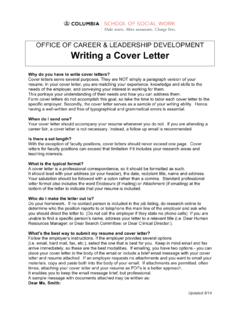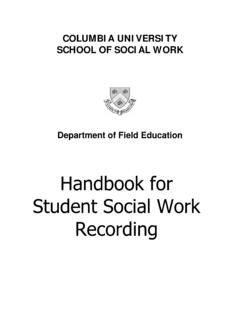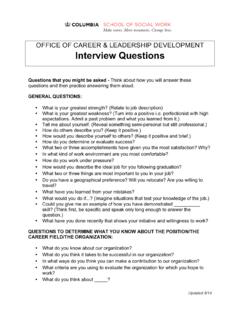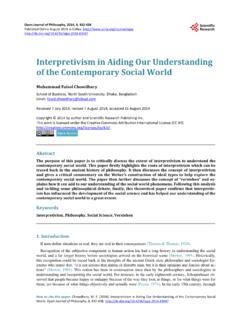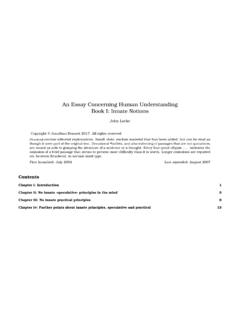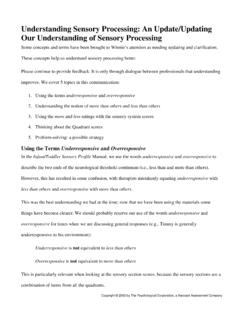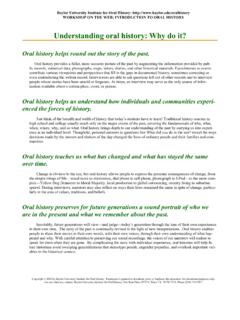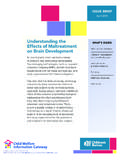Transcription of Understanding Cultural Bias and Building Awareness Using ...
1 Understanding Cultural Bias and Building Awareness Using Mindfulness and Acceptance By: Kamakshi Sankar Boyle, LCSW-C Understanding Bias Blind Spot: Hidden Biases of Good People M. Banaji & A. Greenwald Bias = bits of knowledge about social groups stored in our brain, because we encounter them so frequently in our Cultural environment. Once stored in our mind, bias can influence behavior toward that group. Harvard Implicit Association Test What is Cultural Bias? Assumptions we hold about a group, based on our own Cultural background, that impact our interpretation and perception of a group. Consequences of Bias: Stigma negative labeling of group, which may generate a negative image to the public. Stereotype an oversimplified assumption made about a group. Behaviors or beliefs may be a reaction to an individual rather than entire group.
2 Discrimination a consequence of stigma and stereotyping, the unfair labeling and treatment of others. Why are we biased? Evolutionary process inherited from our ancestors from homogenous groups surrounded by constant physical danger. The brain evolved a mechanism paramount to survival, which makes quick assessments, categorizations, evaluations to determine trust, safety, and belonging. Examples of Stereotypes? Positive? Negative? Research on the impact of stereotypes on students Whistling Vivaldi by Claude Steele, social psychologist, studied how pervasive stereotypes impact student performance. Found even the threat of confirming a negative stereotype would result in consistent underperformance on exams, letter grades, motivation, and concentration. Threat of Confirmation Based on societal, Cultural , historical stereotypes When task/test is relevant to a negative stereotype about a group identity Assumption made that task will confirm or disprove stereotype Person experiences threatening reaction Mind/Body Connection When a mammal or human experiences threat Fight/flight/freeze, amygdala activation, adrenaline, cortisol response Mind races, self doubt, less blood flow to motivation and concentation centers of brain Hypervigilance, muscle, digestive, immunity responses Denial, Defensiveness Mindfulness and Acceptance Based Approaches Build Awareness by noticing your thoughts Accept all humans have unintentional thoughts Observe thoughts without acting or judging Is reality or an assumption?
3 Create distance or detach from thoughts Allow for flexibility thoughts and beliefs all -or-nothing middle path Mindfulness & Acceptance Set an intention of curiosity, compassion Bring yourself back to present Using 5 senses Look at other perspectives, allow for empathy, reduce us vs them Learn about one s own personal reactions, assumptions, values, beliefs about ourselves and those similar and different from us Consider positions of power and privilege Using acceptance vs denial/defensiveness Understand role of language and non-verbal cues What can we do?!? Narratives/Letters Affirmation paragraphs Communication verbalize validation, give positive feedback Encourage inter-group conversations in class Immerse self in other cultures Expose self to counter-stereotypes and diverse images/experiences to build new associations in mind Thank you!
4 Kamakshi Sankar Boyle, LCSW-C Culturally Competent, Trauma-Informed, Mindfulness-Based Licensed Clinical Social Worker/Therapist Anxiety, Depression, Relationship and Family Trauma, Cross- Cultural Adjustment, and Maternal Mental Health
